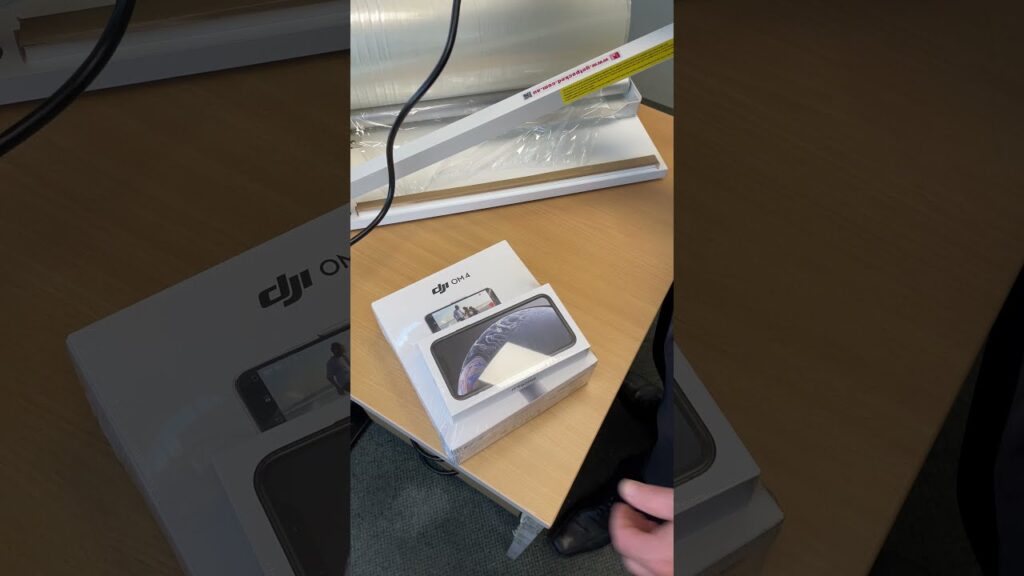How to Produce a Good-quality LDPE Shrink Film?
Shrink film is a widely used packaging material due to its versatility and reliability. It can be found in various industries, from food and beverages to cosmetics and pharmaceuticals. In this article, we will delve into the process of producing a high-quality LDPE shrink film and the key factors that contribute to its success.
LDPE (Low-Density Polyethylene) is one of the most commonly used materials for shrink films. It offers excellent clarity, good tear resistance, and consistent shrinkage properties. To produce a good-quality LDPE shrink film, a careful blend of advanced technology and expertise is required.
To begin the manufacturing process, the LDPE resin is fed into the extruder, where it is melted and homogenized. This melting process ensures that the resin is free of any impurities and forms a smooth, consistent flow. To achieve the desired film thickness, the molten resin passes through a die, which determines the width of the film.
Once the film is formed, it is cooled gradually to enhance its structural integrity. Cooling is a critical step as it allows the film to solidify without any distortions or defects. This is achieved by passing the film through a series of cooling rollers or by using a water bath cooling system.
After cooling, the film is wound into large rolls, ready for the next stage of the production process – orientation. Orientation is a crucial step that improves the strength and shrink properties of the film. There are two types of orientation: machine direction orientation (MDO) and transverse direction orientation (TDO).
During MDO, the film is stretched in the machine direction using a series of rollers. This stretching aligns the polymer chains in the film, resulting in increased tensile strength and improved tear resistance. TDO, on the other hand, involves stretching the film across its width, which enhances its shrinkage properties.
Once the film has undergone both MDO and TDO, it is passed through a heat tunnel, often in combination with a shrinking machine. The heat tunnel applies heat evenly to the film, causing it to shrink and conform tightly to the product being wrapped. It is in this step that the film displays its remarkable properties, providing a secure and attractive packaging solution.
In order to produce a good-quality LDPE shrink film, it is vital to work with a reputable and experienced manufacturer. Shrinking machine manufacturers play a significant role in ensuring the quality and consistency of the final product. They employ advanced technologies and employ skilled engineers to design and produce state-of-the-art shrinking machines.
These machines are specifically engineered to provide uniform heat distribution, precise temperature control, and optimal shrinkage. By partnering with reliable shrinking machine manufacturers, companies can ensure that their LDPE shrink films meet the highest standards and fulfill the unique requirements of their products.
In conclusion, producing a good-quality LDPE shrink film entails a carefully orchestrated process, from resin melting to film cooling, orientation, and finally heat shrinking. By adhering to strict manufacturing standards and partnering with reputable shrinking machine manufacturers, companies can produce shrink films that provide exceptional packaging solutions. Whether for securing and branding products or enhancing their visual appeal, LDPE shrink films are an integral part of modern packaging.
Shrinking Machine
"Mastering LDPE Shrink Film Production: Essential Tips for Great Quality | One Minute to Know EP1 and Industry Leaders"


